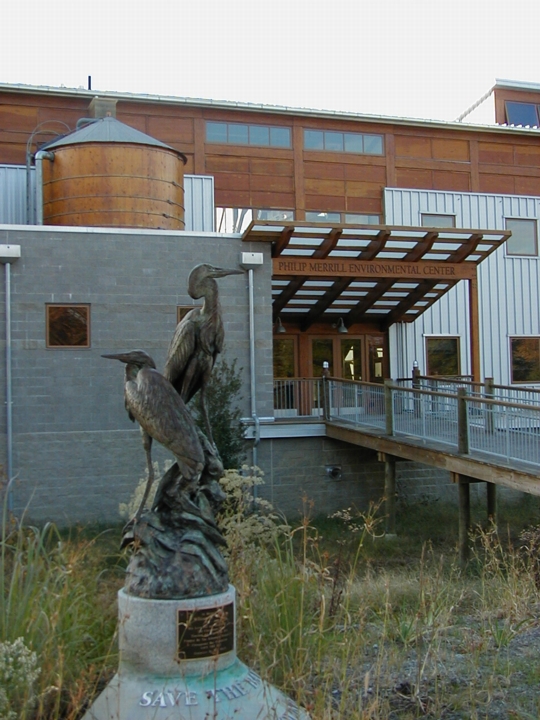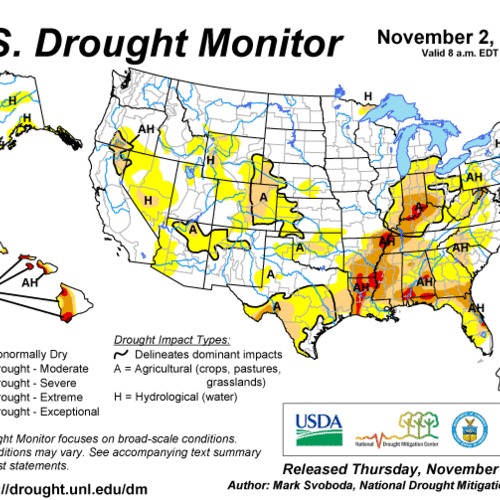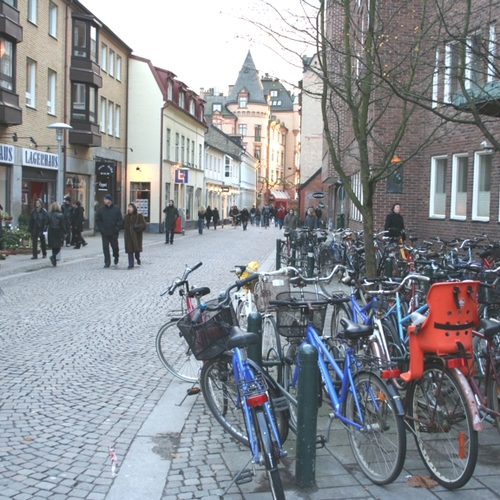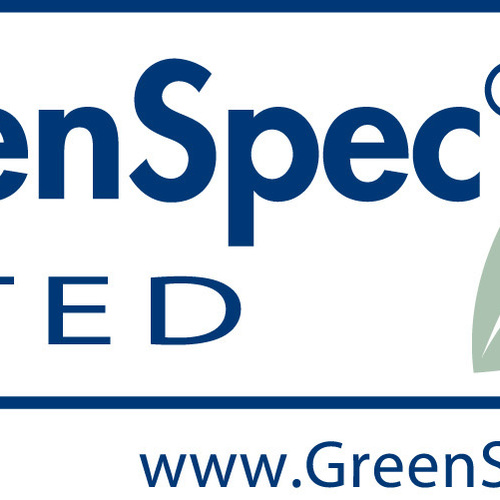Image Credit: Alex Wilson
Of all the environmental problems we’re causing as a species — including air pollution, water pollution, soil erosion, ozone depletion, and climate change — loss of biodiversity is the most permanent. Ecologists point out that it can take hundreds of thousands or even millions of years of evolution to fill ecological niches that are being vacated by the extinctions we are causing.
There are various indirect ways that green building can help protect biodiversity — by building smaller (to use less materials), by using less energy (to reduce fossil fuel extraction), and by making sure that any tropical lumber we use comes from Forest-Stewardship-Council-certified forests. We can also help preserve biodiversity directly by protecting and restoring the site and ecosystem where we build or where we live. That’s priority #7 for my top-10 list.
Learn about your site
With larger sites, particularly forested land, hire a forester or ecologist to learn about the land and ecosystems that are present. A good landscape architect with knowledge of native ecosystems can help you identify opportunities for maintaining and improving natural habit around your home.
Build on the edge of a lot
Whenever possible, we should build on the edges of lots, particularly with larger sites, and maintain the rest as permanently protected open space. The (more usual) practice of building in the center of a site means a longer driveway, greater ecological disturbance, and a larger proportion of the land that’s in the “development zone.”
Restore the site
Ecological restoration should be an important part of green building — especially in rural and suburban areas, but even — on a small scale — on urban lots. In many places invasive plant species have taken over the landscape, and their proliferation becomes a vicious cycle because they usually prefer disturbed sites. Removing these plants can allow native plants that support birds, butterflies, and other wildlife to return and help re-create healthy ecosystems. In some cases, nature will need a hand bringing back native plants; look for sources of locally sourced native plants, or collect seeds of native plants in your area, and plant them on the site you are restoring. Try to achieve diversity in your plantings.
Reduce lawn area
A good place to start with ecological restoration is to reduce the amount of lawn. Most turfgrass is Kentucky bluegrass — which isn’t from Kentucky at all; it’s native to Europe. Maintaining vibrant green lawns in many parts of the country requires extensive use of herbicides, chemical fertilizers, and irrigation water. Non-turf landscaping using native plants avoids the need for these inputs.
Provide for wildlife
As our larger landscape has become more and more broken up with roadways and development, wildlife has increasingly been forced out. On larger sites, learn about wildlife corridors that may exist (or have existed) and try to maintain or re-create them. Look for opportunities to connect patches of protected wild areas so that wildlife can pass back-and-forth freely. Plant trees and shrubs that provide food for wildlife. The National Wildlife Federation offers useful information for enhancing backyard wildlife habitat.
Help homeowners enjoy natural areas and wildlife
In our design of homes and the landscapes around homes, look for ways that will help the people living there (or visiting) appreciate nature and want to protect it. Provide outdoor living spaces with patios, decks, and screen porches, and design indoor spaces with windows that look out on nature. Such efforts may help build appreciation for — and incentive to protect — natural areas.
The top-10 list of priorities so far:
- #7. Protect and restore the site
- #8. Use green materials
- #9. Create resilient, climate-adapted buildings
- #10. Make it easy for homeowners to be green
In addition to this Energy Solutions blog, Alex writes the weekly blog on BuildingGreen.com: Alex’s Cool Product of the Week, which profiles an interesting new green building product each week. You can sign up to receive notices of these blogs by e-mail — enter your e-mail address in the upper right corner of any blog page.
Alex is founder of BuildingGreen, LLC and executive editor of Environmental Building News. To keep up with his latest articles and musings, you can sign up for his Twitter feed.
Weekly Newsletter
Get building science and energy efficiency advice, plus special offers, in your inbox.
















One Comment
Changing the way people think
The idea of being sensitive to the ecosystems of a site is admirable. We, the advocates for a greener existence, are well aware of the benefits of protecting or restoring a site during and after development. Getting the client to buy in on having a native or natural landscape is becoming easier, but is still not the norm.
The best way I see to get more people on board is to target the municipalties and developers. These are the people that can create an atmosphere of change through demonstration.
The other issue is change in the landscape industry. We need to find ways to transition from the traditional landscape aesthetic to a more ecologically sensitive landscape solution. The client needs to see the forest not just the trees.
Log in or create an account to post a comment.
Sign up Log in